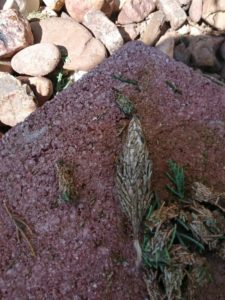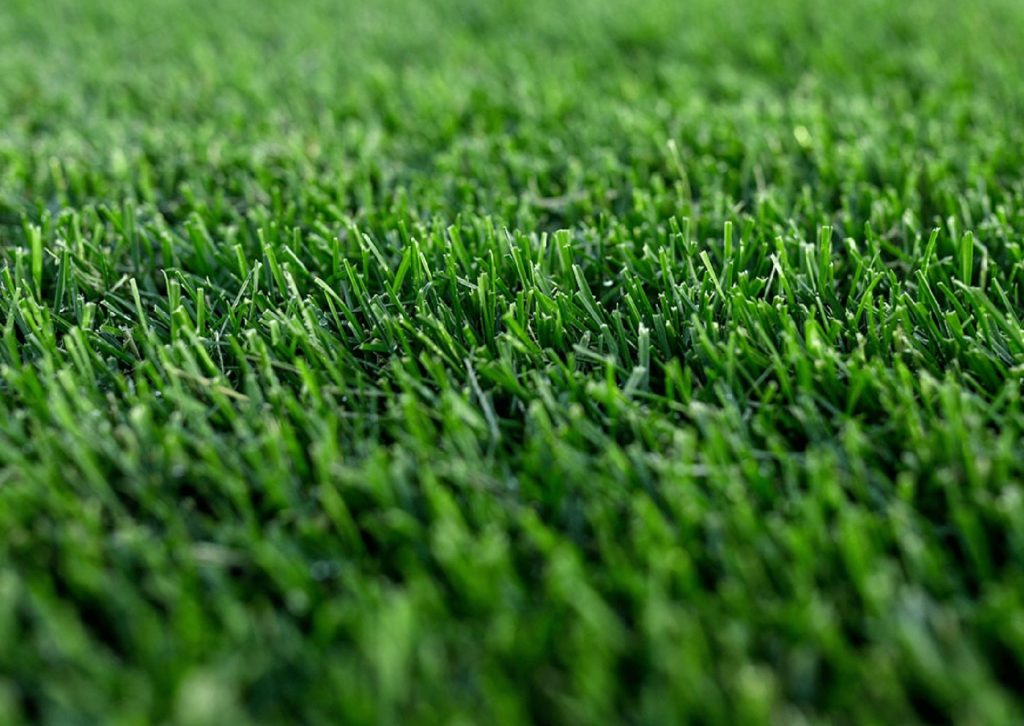
QUICK! Check for Bagworms
Well, this past Friday we treated property for bagworms down in Midlothian, and later that same day Ana and I took the kids to Six Flags in Arlington. I came across some junipers in the park and they were covered in them. Our technician, Jacob, also stated that our client’s junipers were covered as well. So I took a moment to explain them to the kids and Ana said I should write a blog about them to educate our clients and Facebook community. So here it is, hope you enjoy the read and learn to check for bagworms.
 So bagworms aka case moths construct cases out of silk and environmental materials such as sand, lichen, or other plant materials. I’ve always seen them take the little juniper leaves to make their casing and then those harvested juniper tips die and turn brown leaving a big brown sack or casing. These cases can also be attached to rocks, other trees, or fences while resting or during their pupa stage, but are otherwise mobile.
So bagworms aka case moths construct cases out of silk and environmental materials such as sand, lichen, or other plant materials. I’ve always seen them take the little juniper leaves to make their casing and then those harvested juniper tips die and turn brown leaving a big brown sack or casing. These cases can also be attached to rocks, other trees, or fences while resting or during their pupa stage, but are otherwise mobile.

In the larval stage, bagworms extend their head and thorax from their mobile case to devour the leaves of host plants, often leading to the death of their hosts. I actually, for the first time, used my iPhone to take a slow-motion video, see below, of this bagworm feeding on the tree. I think it turned out pretty great and have personally never seen this activity with my own eyes until I took this video. Pretty cool!
So the trees infested with bagworms exhibit increasingly damaged foliage as the infestation increases until the leaves are stripped bare. Discoloration and browning start to ensue and it is usually a downward spiral from there. We typically see them on our evergreens, Junipers, and Italian Cypresses for example.
 Now the question is what do we do about them? Well at Higher Ground we take a 3 step approach. We manually remove them from the Junipers, apply a systemic insecticide around the base of the tree to be absorbed up into the tree and also spray a liquid insecticide on the bagworms we pulled and on the tree itself.
Now the question is what do we do about them? Well at Higher Ground we take a 3 step approach. We manually remove them from the Junipers, apply a systemic insecticide around the base of the tree to be absorbed up into the tree and also spray a liquid insecticide on the bagworms we pulled and on the tree itself.
If you are an existing client and already have our “Landscaped Beds & Ornamental Care Plan” you shouldn’t have an issue as we have prepared for this but it’s always best to double-check and let us know. If you do have them we will treat them at no extra cost.
For everyone else know that we’ve had great success with this procedure so let us know if you’d like an estimate to get your evergreens treated. Check out the video below!
Higher Ground Lawn Care and Lighting are ready to take your property to a higher level. Experience why your neighbors and businesses in University Park, TX & surrounding areas choose Higher Ground Lawn Care & Lighting to bring their property to the next level. Contact Us at (682) 206-3596 or check out our website today.
Ready to get started?


